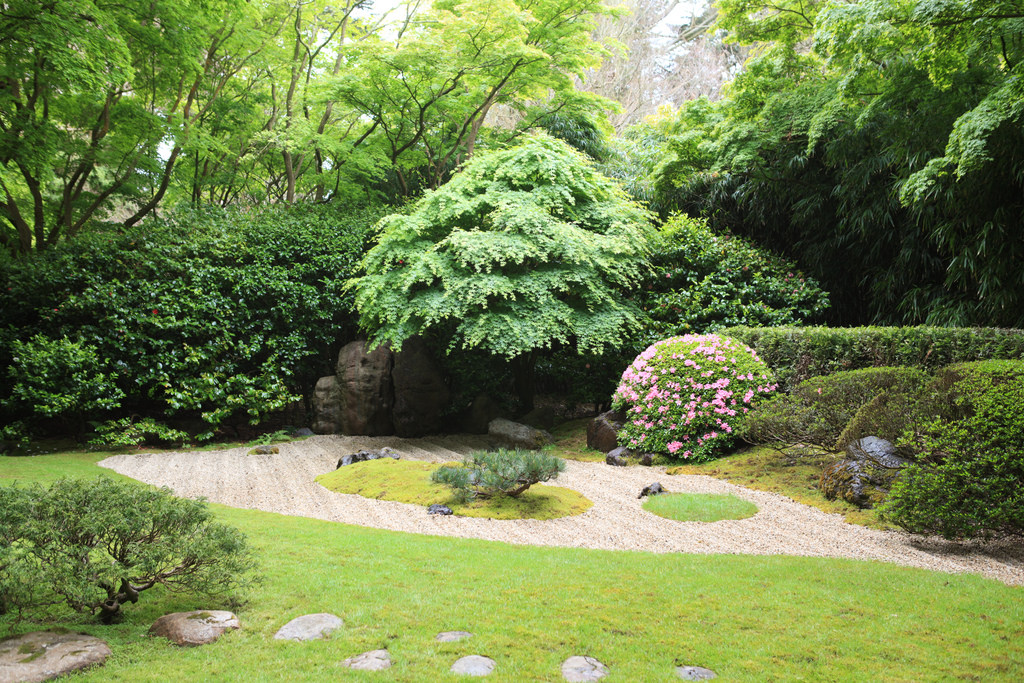How to create a Japanese Zen garden.
Japanese Zen Garden, escapism, Simple rules for Zen garden, pebbles, water

A recent visit to Japan has inspired us to think about Japanese gardening, this is a beautiful art form with meaning, representation and function and with your choice of handpicked rocks and boulders at Rivar Sand and Gravel it has never been easier to create your own Zen escape.
To create a Japanese “Zen” garden there are some simple basic rules to follow, the use of plants, water and rocks are the fundamental building blocks to your garden, all being used to create a tranquil setting to aid contemplation and meditation.
Keeping the garden simple is the key to achieving this. In the planting use tonal colours like green ferns, shrubs and trees to gently ease the eye across the landscape, the use of rocks and gravel to give texture and water for reflection.
Hidden areas that can’t be seen clearly draw you into the garden and create little private spaces, whilst stepping stones invite you to explore further. Items such as lanterns that mirror surrounding buildings like arbours draw the eye and create interest.
Trees are very important in a Japanese gardens adding height and shade to areas with Japanese Maples being very popular, these trees are trimmed slightly to expose the flowing beauty of the branches.
Bamboo is also very popular as both planting and as a building material, this strong durable material is used to build bridges, fences arbours etc and mirrors the planted bamboo beautifully.
Representation is used in Japanese gardens and one example of this is the stone riverbed, smooth stones of a similar size and shape are laid to create the illusion of a riverbed, ferns and other plants are placed to soften the shoreline.
The iconic representation of waves in gravel is how most of us recognise a Zen garden, gravel is poured around large rocks and then raked to create waves, both the action of raking the gravel and watching the lines flow help to create a meditative state in which to enjoy the beauty that mother nature provides.
Finally the third element of the garden is water, either represented by pebbles or flowing naturally, water helps to ease the mind and forget the stresses of the day. Water can be used a in few ways, waterfalls create sound and movement, rivers have the slow ebb and flow and reflective ponds give a deep tranquillity that you can lose yourself in.
Whether you use all these elements of just a few, you can be sure that it is easy to add a Japanese influence to your garden no matter where you are!